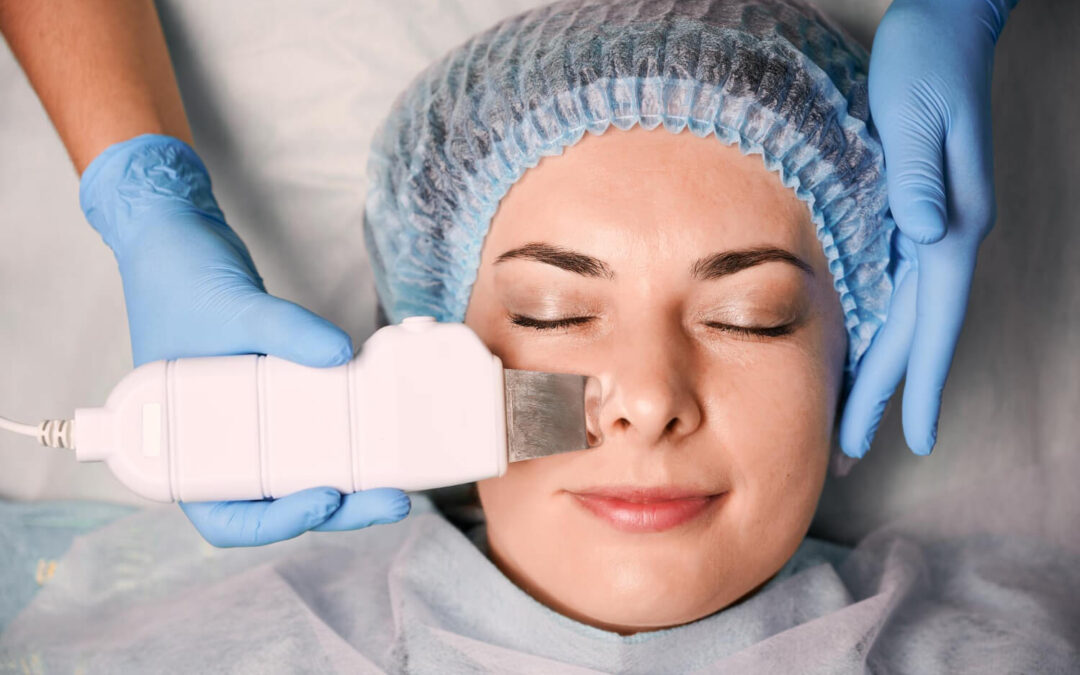Facial hair can be a persistent and frustrating issue for many people. Whether it’s unwanted peach fuzz, coarse chin hairs, or a stubborn upper lip shadow, traditional hair removal methods like waxing, threading, and shaving often provide only temporary relief. Enter laser treatment for facial hair removal—a cutting-edge, long-term solution that offers precision, efficiency, and lasting results.
In this comprehensive guide, we’ll explore:
-
How laser hair removal works
-
Benefits over traditional methods
-
What to expect during treatment
-
Potential side effects and risks
-
How to prepare for your session
-
Aftercare tips for optimal results
-
Frequently asked questions
By the end, you’ll have all the information you need to decide if laser facial hair removal is right for you.
How Does Laser Hair Removal Work?
Laser hair removal uses concentrated light beams (lasers) to target and destroy hair follicles. The pigment (melanin) in the hair absorbs the laser’s energy, which converts to heat and damages the follicle, inhibiting future growth.
Key Technologies in Laser Hair Removal
Different lasers are designed for various skin tones and hair types:
-
Alexandrite Laser – Best for light to olive skin tones.
-
Diode Laser – Effective for a wide range of skin types, including darker tones.
-
Nd:YAG Laser – Safest for darker skin due to its longer wavelength.
-
IPL (Intense Pulsed Light) – Not a true laser but often used for hair removal; best for lighter skin and fine hair.
Why It’s More Effective Than Shaving or Waxing
-
Long-term reduction – After a series of sessions, many experience permanent hair loss.
-
Precision – Targets dark, coarse hairs without damaging surrounding skin.
-
Speed – Small areas like the upper lip can be treated in minutes.
Benefits of Laser Facial Hair Removal
1. Long-Lasting Results
Unlike shaving or waxing, which require constant upkeep, laser treatments offer semi-permanent to permanent hair reduction after multiple sessions.
2. Smoother Skin Without Irritation
No more razor burns, ingrown hairs, or redness from waxing. Laser treatments leave skin smooth and irritation-free.
3. Saves Time & Money in the Long Run
While the upfront cost may be higher, the long-term savings (no more razors, waxing appointments, or depilatory creams) make it a smart investment.
4. Works on All Facial Areas
Common treatment zones include:
✔ Upper lip
✔ Chin
✔ Cheeks
✔ Sideburns
✔ Eyebrows (for shaping)
5. Reduced Risk of Ingrown Hairs
Since the hair follicle is targeted, regrowth is finer and less likely to curl back into the skin.
What to Expect During Your Laser Hair Removal Session
Before the Treatment
-
Avoid sun exposure for at least two weeks prior.
-
Stop waxing/plucking – Shaving is allowed (and often required) before the session.
-
Skip certain skincare products – Retinoids and acids can increase sensitivity.
During the Treatment
- Cleansing – The area is cleaned, and a cooling gel may be applied.
- Laser Application – The technician uses a handheld device to deliver quick laser pulses.
- Sensation – Most describe it as a rubber band snapping against the skin.
After the Treatment
-
Redness & swelling (similar to a mild sunburn) may occur but fade within hours.
-
Avoid heat treatments (saunas, hot showers) for 24-48 hours.
-
Use sunscreen to protect the treated area.
Potential Side Effects & Risks
While laser hair removal is generally safe, some risks include:
-
Temporary redness & swelling
-
Skin discoloration (hyperpigmentation or hypopigmentation)
-
Blisters or burns (rare, usually due to improper settings)
Who Should Avoid Laser Hair Removal?
-
Pregnant women
-
People with very light blonde, red, or gray hair (lasers target pigment)
-
Those with active skin infections or herpes outbreaks
How Many Sessions Are Needed?
Since hair grows in cycles, 6-8 sessions (spaced 4-6 weeks apart) are typically required for optimal results. Maintenance sessions may be needed annually.
Aftercare Tips for Best Results
✔ Moisturize with fragrance-free lotions.
✔ Avoid sun exposure and use SPF 30+.
✔ Skip exfoliants for a few days post-treatment.
✔ Don’t pluck or wax between sessions—shaving is fine.
Frequently Asked Questions (FAQs)
1. Does laser hair removal hurt?
Most people tolerate it well, describing the sensation as mild discomfort. Numbing creams can help.
2. Is laser hair removal permanent?
It reduces hair growth significantly, but some maintenance may be needed over time.
3. Can laser hair removal work on dark skin?
Yes! Nd:YAG lasers are safest for darker skin tones.
4. How much does it cost?
Prices vary, but facial areas typically range from $150-$400 per session.
Final Thoughts
Laser facial hair removal is a game-changer for those tired of constant shaving, waxing, or plucking. With minimal discomfort, long-lasting results, and smoother skin, it’s no wonder this treatment is growing in popularity.
If you’re considering laser hair removal, consult a licensed professional to determine the best approach for your skin and hair type.
Ready to Say Goodbye to Unwanted Facial Hair?
Book a consultation with a certified laser specialist today and take the first step toward smooth, care-free skin!

